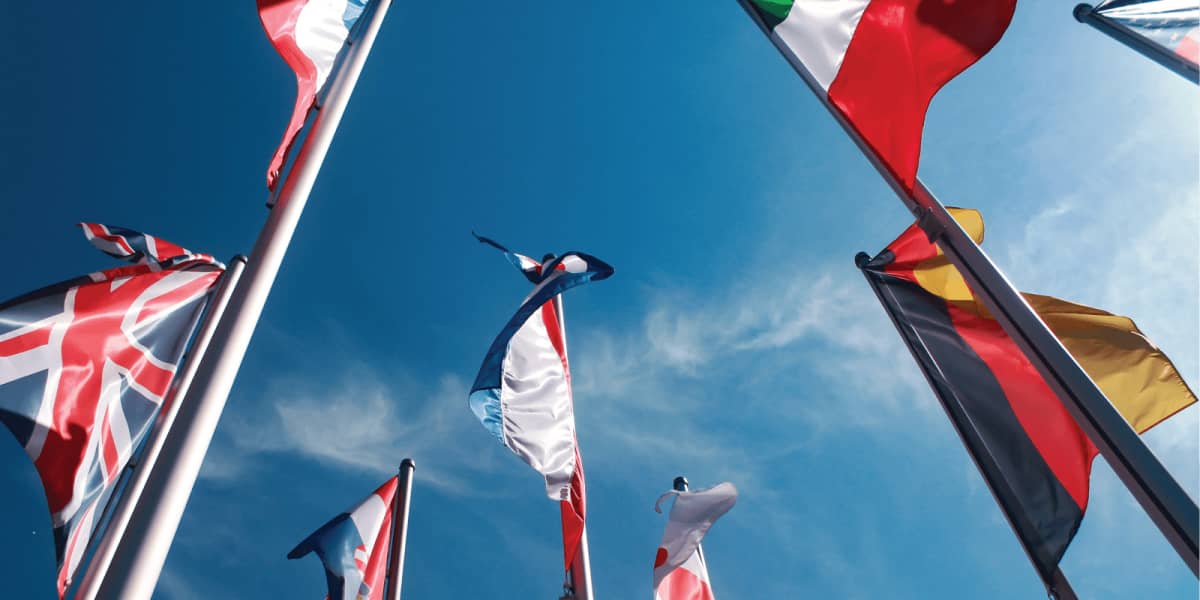
The Russia-Ukraine conflict, which began in 2014 with the annexation of Crimea and escalated into a full-scale invasion in 2022, has sent shockwaves throughout the international community. The war has not only resulted in a humanitarian catastrophe but has also reshaped global geopolitics in profound ways. From the resurgence of NATO to the reconfiguration of energy politics and the global arms race, the conflict has drawn comparisons to the Cold War era, where the world was divided into competing blocs.
NATO’s Revival
One of the most immediate geopolitical consequences of the Russia-Ukraine conflict is the resurgence of NATO. For years, critics questioned NATO’s relevance in the post-Cold War world. However, Russia’s invasion of Ukraine has breathed new life into the alliance. Countries that were once hesitant to join NATO, such as Finland and Sweden, have now applied for membership, citing the need for collective security in the face of Russian aggression.
NATO’s response to the conflict has been robust. It has provided military and humanitarian aid to Ukraine, while also bolstering its presence in Eastern Europe. The conflict has also strengthened U.S. leadership within the alliance, as Washington has played a key role in coordinating the Western response to the war. This marks a significant shift from the pre-war period, where NATO faced internal divisions, particularly during the Trump administration, which questioned the U.S. commitment to the alliance.
Energy Politics and Europe’s Dependence on Russian Gas
Another major geopolitical impact of the conflict is the reconfiguration of global energy politics. Europe’s heavy reliance on Russian gas has been a central issue in the war. Before the invasion, Russia supplied approximately 40% of Europe’s natural gas. However, as the conflict escalated, European countries faced the stark reality that their energy dependence on Russia could be weaponized against them.
In response, Europe has sought to diversify its energy sources. The EU has imposed sanctions on Russian oil and gas, while ramping up efforts to transition to renewable energy. Additionally, the United States and other countries have increased their liquefied natural gas (LNG) exports to Europe. This shift in energy politics not only weakens Russia’s economic leverage but also accelerates Europe’s transition to a more sustainable energy future.
The Global Arms Race
The Russia-Ukraine conflict has also reignited the global arms race. Countries across Europe, Asia, and even the Middle East have increased their defense budgets in response to the war. Germany, for instance, has announced a historic increase in military spending, marking a significant shift in its post-World War II pacifist stance. The war has demonstrated the importance of advanced military technology, with both sides deploying drones, precision-guided missiles, and cyber warfare tactics.
Beyond Europe, the conflict has implications for global arms trade. Russia, historically a major arms exporter, is likely to see its arms trade diminish as sanctions and the war strain its economy. Meanwhile, countries like China and the U.S. are poised to benefit from increased demand for advanced military systems.
Global Alliances and the New Cold War?
One of the most significant questions arising from the Russia-Ukraine conflict is whether it signals the beginning of a new Cold War. On one side, we see the U.S., NATO, and their allies rallying around Ukraine, while on the other side, Russia, backed by countries like China and Iran, resists Western dominance.
This polarization is reminiscent of the Cold War, where the world was divided into two ideological blocs: capitalism led by the U.S. and communism led by the Soviet Union. Today, however, the division is less ideological and more centered around geopolitical interests. Russia’s vision of a multipolar world, where the U.S. is no longer the unipolar hegemon, aligns with China’s ambitions to reshape the global order. The closer ties between Moscow and Beijing, demonstrated through joint military exercises and diplomatic cooperation, suggest the formation of a new axis challenging the Western-led liberal order.
Conclusion
The Russia-Ukraine conflict has profoundly reshaped global geopolitics, reviving Cold War-era alliances and deepening global divisions. From NATO’s resurgence to the reconfiguration of energy politics and the global arms race, the war has far-reaching consequences that extend beyond the battlefield. As the world grapples with these new realities, the question remains: Are we witnessing the beginning of a new Cold War, or is this simply another phase in the ongoing evolution of global power dynamics? Only time will tell.

